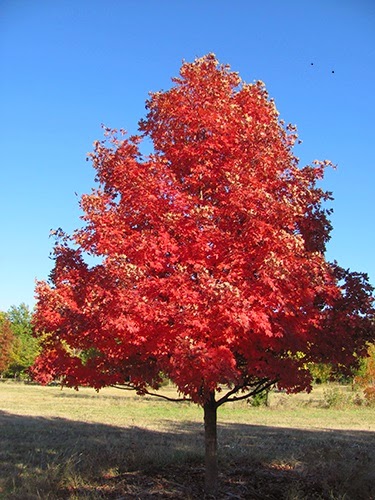Rich History of Demonstration Test Plots!
By Sandra L. Wick, Crop Production Agent
K-State’s Research and Extension’s mission is to provide the citizens of Kansas with technical information and education that can enhance the economic viability and quality of life in our communities. One good way to do this is through well-planned and carefully-conducted demonstrations or “on-farm research” that serves as one of the most effective Extension education tools ever developed. Although complete demonstrations require considerable time and effort, the payback comes when producers readily adapt practices they perceive to be appropriate under local conditions. This is known as “seeing is believing.” Clients who observe demonstrations of the latest techniques or practices and then apply them to their own particular situations are our present and future Extension leaders. Demonstrations should illustrate the application of appropriate technology, that is, technology that fits the local set of conditions. When this occurs, the maximum learning will result from the resources invested.
The need for demonstrations was first recognized over a century ago by Seaman A. Knapp, an Extension pioneer. Knapp’s theory was that farmers would not change their methods as a result of observing farms operated at public expense, but that demonstrations conducted by farmers themselves on their own farms under ordinary farm conditions were the answer. In Knapp’s words, “What a man hears, he may doubt; what he sees, he may also doubt; but what he does, he cannot doubt.” In 1903, Knapp proved his point through now famous demonstrations or on-farm research. The demonstration included a small farm in Texas that planted half in corn and half in cotton. The purpose was to illustrate the effects of using different seed varieties, fertilizers, methods of planting, and cultivation. The farmer made $700 more than might have been expected and the demonstration was a success. Then the opportunity came to use demonstrations on a broad scale in the weevil-infested areas of Texas and two adjoining states. Knapp demonstrated improved cotton growing methods. With a $40,000 budget, he directed more than 20 federal agents who worked with some 7,000 farmers to establish demonstration plots. This marked the beginning of demonstrations in the Cooperative Extension Service. 
Post Rock Extension District is very fortunate to have many producers who have and are very willing to put in the extra time and effort for on-farm research or demonstration test plots. For this fall, we are fortunate to have five wheat demonstration plots across the district. Thanks to Calvin and Josh Bohnert, Brady Coover, Marty Fletchall, Kelsey Remus, and David Sasse as cooperators of the “on-farm wheat research for K-State Research and Extension and for the Post Rock District! Four of the wheat plots (Jewell, Lincoln, Osborne and Smith) include between 26-29 varieties and blends. The fifth plot (Mitchell) is a KSU replicated plot that is designed and was planted by the KSU NW Extension and NC Experiment Field staff. The following You Tube link, Osborne Wheat Trial Plot Planting, will provide you with video footage from our drilling in Osborne County. Thanks again to our partners for making this happen!!!!! 
Thanks to Osborne County
cooperator, Kelsey Remus,
for the wheat demonstration
plot location in Osborne County
An additional phosphorus fertility study in wheat (second year) will be done in the Post Rock District addressing the application rates and dates for the most efficient nutrient uptake for phosphorus. Additional research studies collaborated with KSU Agronomy include a seed quality study that’s comparing different seed cleaning methods and then with and without seed treatment. Another study includes looking at five different management strategies including different seeding rates, fertility and fungicide treatments. The seed treatment and management strategies studies will be included in the replicated wheat demonstration plot in Mitchell County.
“Knowledge for Life” continues to be our goal for K-State Research and Extension and our Post Rock District, so our educational programming provides research-based information from the university to the producers of our district!
We are always happy to welcome your participation in any crop with a demonstration test plot. Simply give me a call at any of our Post Rock Extension District Offices in Beloit, Lincoln, Mankato, Osborne or Smith Center.
Post Rock Extension District of K-State Research and Extension serves Jewell, Lincoln, Mitchell, Osborne, and Smith counties. Sandra may be contacted at swick@ksu.edu or by calling Smith Center, 282-6823, Beloit 738-3597, Lincoln 524-4432, Mankato 378-3174, or Osborne 346-2521. Join us on Facebook at “Post Rock Extension” along with our blog site at “postrockextension.blogspot.com. Also remember our website is www.postrock.ksu.edu and my twitter account is @PRDcrops.







